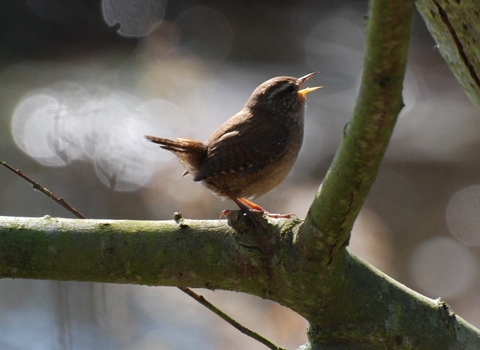What birds have you been hearing?
We've got our feathered friends to thank for the beautiful soundtracks of our parks and gardens. Learn to tell apart some of the most common and distinct UK bird song with our easy guide. Birds use song during mating season to attract mates as well as using it as a tool to defend their territories. Take a listen to some of the most familiar songs below.
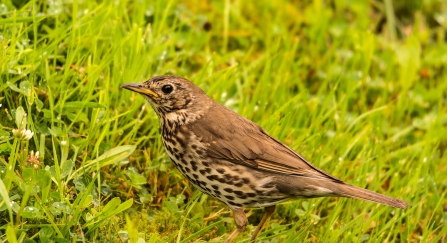
© Bob Coyle
Song thrush
Often the most confident voice in the dawn chorus, and one of the earliest to start singing. Listen for loud, clear verses repeated 2-4 times.
Take a listen...
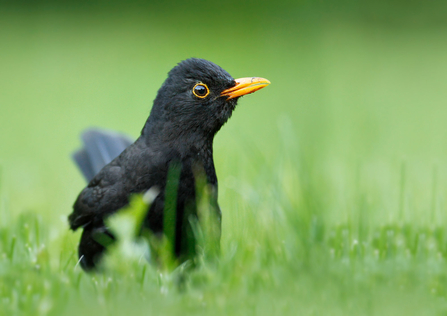
© Jon Hawkins
Blackbird
An early riser, with a clear and confident voice. The beautiful song is low-pitched and given in short, fluty verses. Unlike the song thrush, blackbirds don't repeat their verses.
Take a listen...
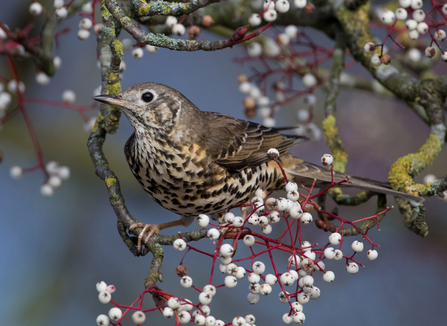
Mistle thrush
The mistle thrush is a large songbird, commonly found in parks, gardens, woodland and scrub. It probably gets its common name from its love of Mistletoe. It enjoys the sticky berries and, once it has found a berry-laden tree. The mistle thrush is also known as the 'Rain Bird' as it can be heard singing loudly from the tops of high trees after spring rains.
Take a listen...
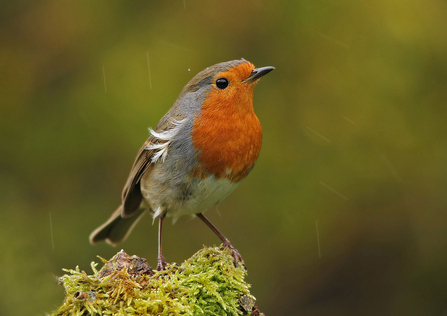
© Jon Hawkins
Robin
Like the larger thrushes, robins start singing early in the morning. The song is clear and beautiful, comprised of rippling notes and whistles. Robins are one of the few birds to sing all through winter.
Take a listen...
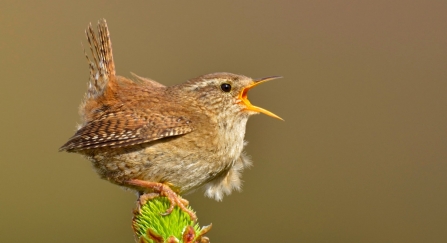
© Andy Rouse/2020VISION
Wren
The diminutive wren can be found in almost any habitat where there are insects to eat and bushes or rock crevices in which to build their domed nest out of moss and twigs. Its song is loud, fast, varied and given to virtuoso trills.
Take a listen...
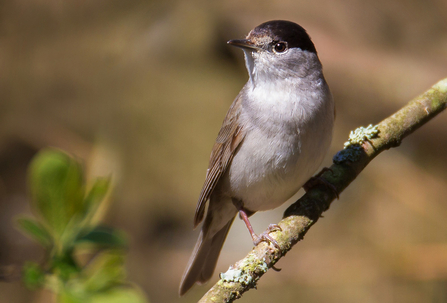
© Jon Hawkins - Surrey Hills Photography
Blackcap
This migrant warbler has one of the finest voices in the dawn chorus. Its song begins as a chattering warble, before breaking into louder, clearer flute-like notes.
Take a listen...

© Neil Aldridge
Dunnock
The dunnock is a small bird, about the size of a robin, which is common in gardens, parks, hedgerows, scrub and along woodland edges. Dunnocks are shy birds, hopping about in low vegetation and around the edge of lawns, feeding on small insects, worms and seeds. It song is high-pitched, short and fast. Dunnocks usually sing from exposed perches, making them easier to identify.
Take a listen...
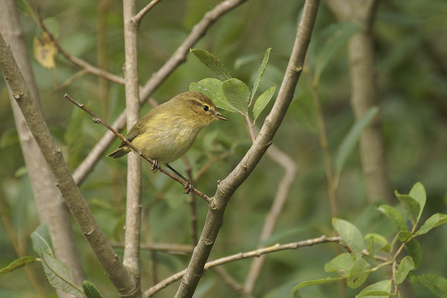
© David Longshaw
Chiffchaff
One of the most easily recognised voices in the dawn chorus. The chiffchaff's song is a repetitive "chiff chaff, chiff chaff, chiff chaff", occasionally with an extra note mixed in.
Take a listen...
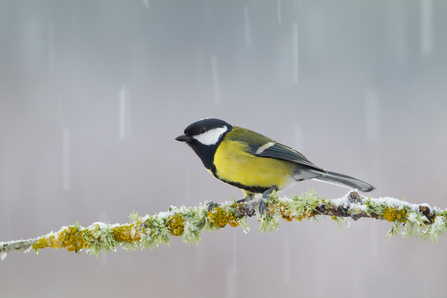
© Mark Hamblin/2020VISION
Great tit
Great tits sound like their rocking between two notes. Sometimes one note, sometimes three, sometimes scratchy, sometimes not.
Take a listen...
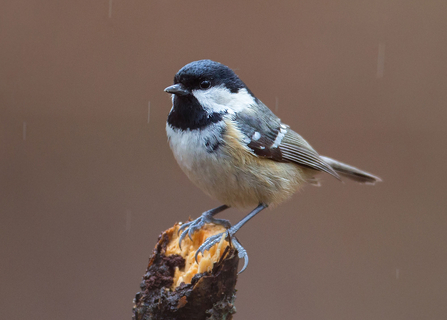
© Jon Hawkins - Surrey Hills Photography
Coal tit
A coal tit sounds like it is saying something like, ‘Itsy witsy teeny weeny.’ They will often sing from a conifer, or from a dense stand of ivy.

